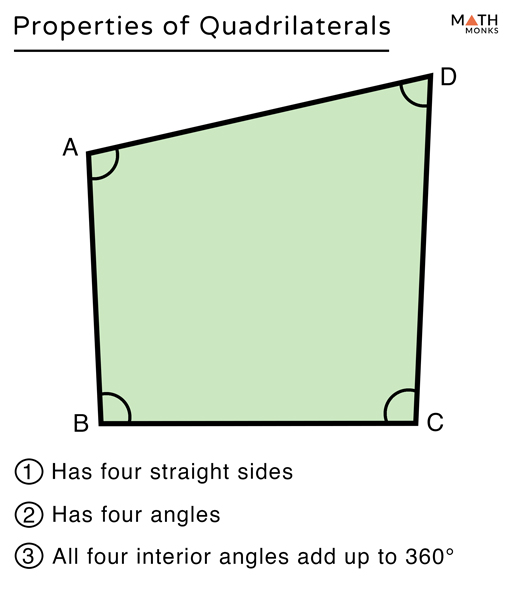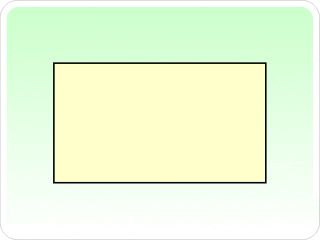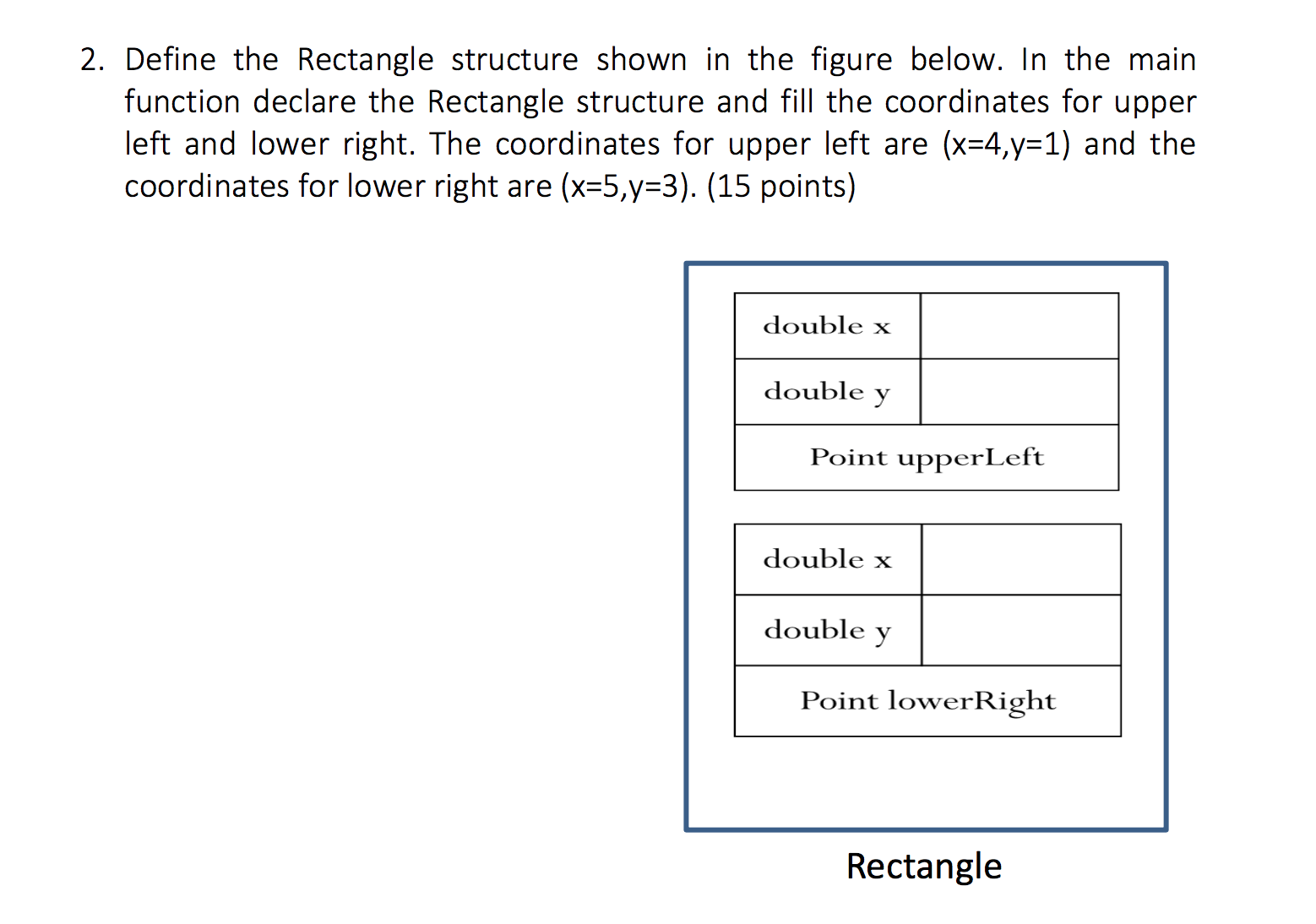
A quadrilateral having only one pair of non-adjacent parallel sides and having the other two as non-parallel sides is a trapezium. TrapeziumĪ trapezium is a combination of parallel and non-parallel sides. All squares are rhombus, but the converse may not be true. Diagonals of a rhombus cross each other at a common point that has a 90-degree angle, thus bisecting each other perpendicularly. RhombusĪ rhombus is a quadrilateral having all four sides equal, opposite sides parallel, and opposite angles equal. So a rectangle is a parallelogram, but a parallelogram may not be a rectangle. We can say that a rectangle possesses all the mathematical properties of a parallelogram, but a parallelogram does not have all the properties of a rectangle. A parallelogram has opposite equal angles.

Diagonals bisect each other at the midpoint and shape two congruent triangles. Its opposite sides are parallel and equal. It is like a rectangle, but its diagonals are unequal. ParallelogramĪ parallelogram is a quadrilateral. Diagonals of a square cross each other at a common point that has a 90-degree angle, thus bisecting each other perpendicularly. Like a rectangle, a square has four equal angles of 90 degrees each. SquareĪ Square is a quadrilateral, but it differs from a rectangle as all of its sides are equal in length. Some other types of quadrilaterals are square, parallelogram, rhombus, trapezium, and kite. Hence, the name itself gives the description of this plane figure.Ī rectangle is a type of quadrilateral. The total measurement of all the interior angles comes out to be 360 degrees.Ī quadrilateral is a combination of two Latin words, where Quadri stands for four, and lateral is described as sides. It is a (four-sided) polygon also known as a tetragon. QuadrilateralĪ quadrilateral is a four-sided plane closed figure.

Hence, 42 feet of wire would be required to put a fence around the garden. The answer to this problem can be found by calculating the perimeter of the garden as follows: The length of the garden is 15 feet, and its width is 6 feet. Perimeter of rectangle = length + length + width + widthĬonsider an example of a gardener who wants to find out how much wire would be required to put a fence around his garden. If two adjacent sides of a rectangle are summed up, we get the perimeter of a rectangle, which can be found using the mathematical formula given below, The perimeter of a rectangle is the path or distance covered by the boundary of the rectangle in a 2-dimensional plane. = 840 inch 2 The Perimeter of a Rectangle To figure out the exact area of a rectangle, we use the following formula, The area occupied by rectangular-shaped objects such as a television, blackboard, door, refrigerator, etc., can easily be calculated by utilizing the formula for the area of a rectangle:Ĭonsider an example of a television whose length is 42 inches and width is 20 inches. The area of the rectangle is the entire region surrounded by the rectangle’s boundaries in a 2-dimensional plane. It has 6 faces, 12 edges, and 8 vertices.


It has 4 sides, 4 angles, and 4 vertices.Properties of Rectangleįollowing are the properties of a rectangle Therefore, the length of both diagonals is 11.6cm.
RECTANGLE DEFINITION HOW TO
Let’s take a look at how to find the length of diagonals of a rectangle having two sides of 10cm in length and the other two of 6cm in length. Then, by using Pythagoras’ theorem, we have Let d represent the diagonal, l represents the length, and w represent the width. Figure 2 – Diagonals of a Rectangle Finding the Length of a DiagonalĬonsider the right angle triangle ABC, diagonal BC is the hypotenuse, AB (length) is the base, and AC (width) is the perpendicular of the triangle.


 0 kommentar(er)
0 kommentar(er)
